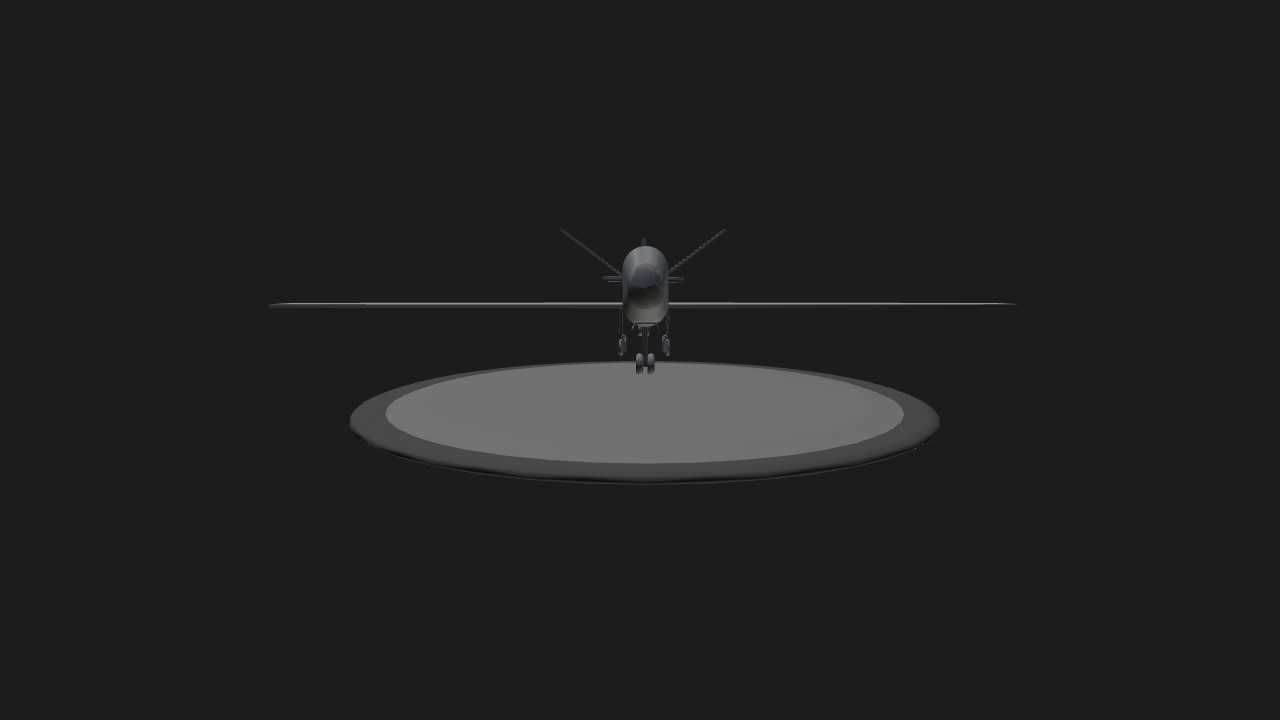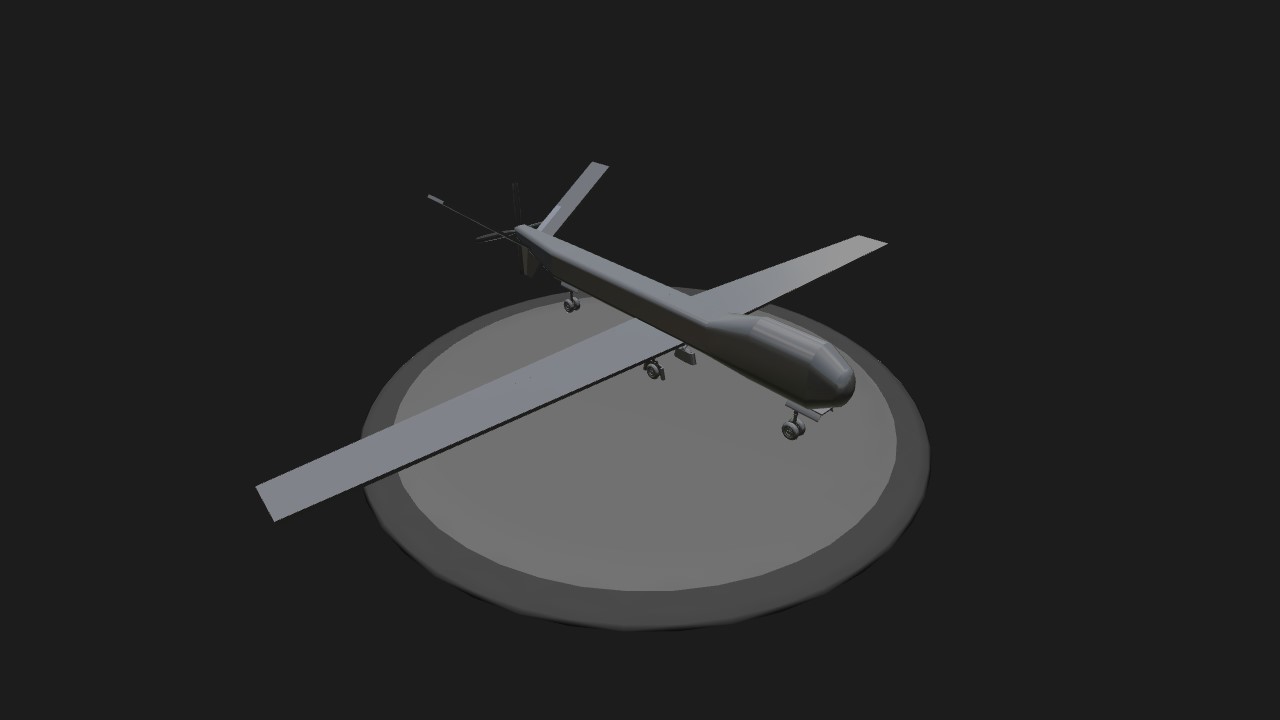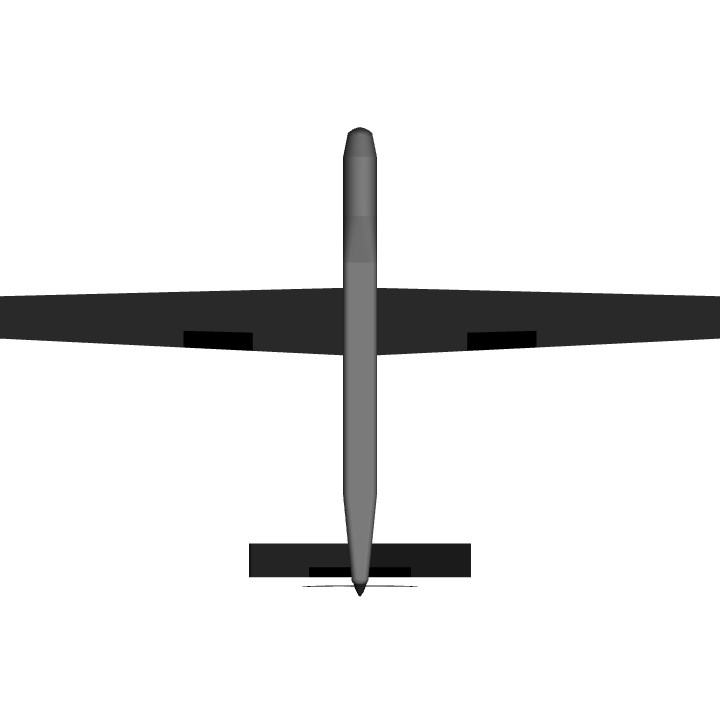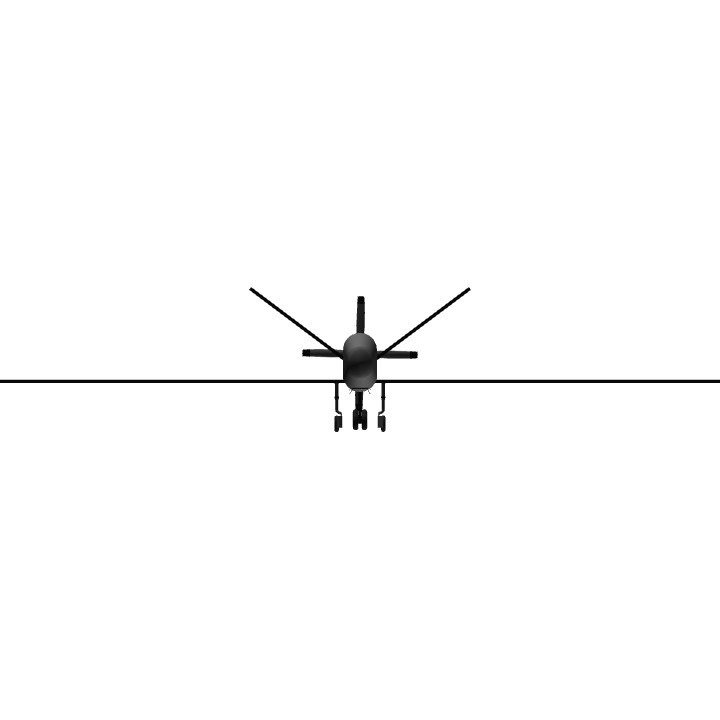The General Atomics MQ-9 Reaper (formerly named Predator B) is an unmanned aerial vehicle (UAV) capable of remote controlled or autonomous flight operations, developed by General Atomics Aeronautical Systems (GA-ASI) primarily for the United States Air Force (USAF). The MQ-9 and other UAVs are referred to as Remotely Piloted Vehicles/Aircraft (RPV/RPA) by the USAF to indicate their human ground controllers.[4][5] The MQ-9 is the first hunter-killer UAV designed for long-endurance, high-altitude surveillance.[6] In 2006, the then–Chief of Staff of the United States Air Force General T. Michael Moseley said: "We've moved from using UAVs primarily in intelligence, surveillance, and reconnaissance roles before Operation Iraqi Freedom, to a true hunter-killer role with the Reaper."[6]
The MQ-9 is a larger, heavier, and more capable aircraft than the earlier General Atomics MQ-1 Predator; it can be controlled by the same ground systems used to control MQ-1s. The Reaper has a 950-shaft-horsepower (712 kW) turboprop engine, far more powerful than the Predator's 115 hp (86 kW) piston engine. The power increase allows the Reaper to carry 15 times more ordnance payload and cruise at almost three times the speed of the MQ-1.[6] The aircraft is monitored and controlled by aircrew in the Ground Control Station (GCS), including weapons employment.[7]
In 2008, the New York Air National Guard 174th Attack Wing began the transition from F-16 piloted fighters to MQ-9 Reapers, becoming the first fighter squadron conversion to an all–unmanned combat air vehicle (UCAV) attack squadron.[8] In March 2011, the U.S. Air Force was training more pilots for advanced unmanned aerial vehicles than for any other single weapons system.[9] The Reaper is also used by the United States Navy, the CIA, U.S. Customs and Border Protection, NASA, and others.
Specifications
General Characteristics
- Predecessor predator
- Successors 1 airplane(s)
- Created On Windows
- Wingspan 69.9ft (21.3m)
- Length 45.2ft (13.8m)
- Height 13.6ft (4.2m)
- Empty Weight 2,640lbs (1,197kg)
- Loaded Weight 12,000lbs (5,443kg)
Performance
- Horse Power/Weight Ratio 0.083
- Wing Loading 26.5lbs/ft2 (129.4kg/m2)
- Wing Area 452.8ft2 (42.1m2)
- Drag Points 2560
Parts
- Number of Parts 20
- Control Surfaces 5
- Performance Cost 252





